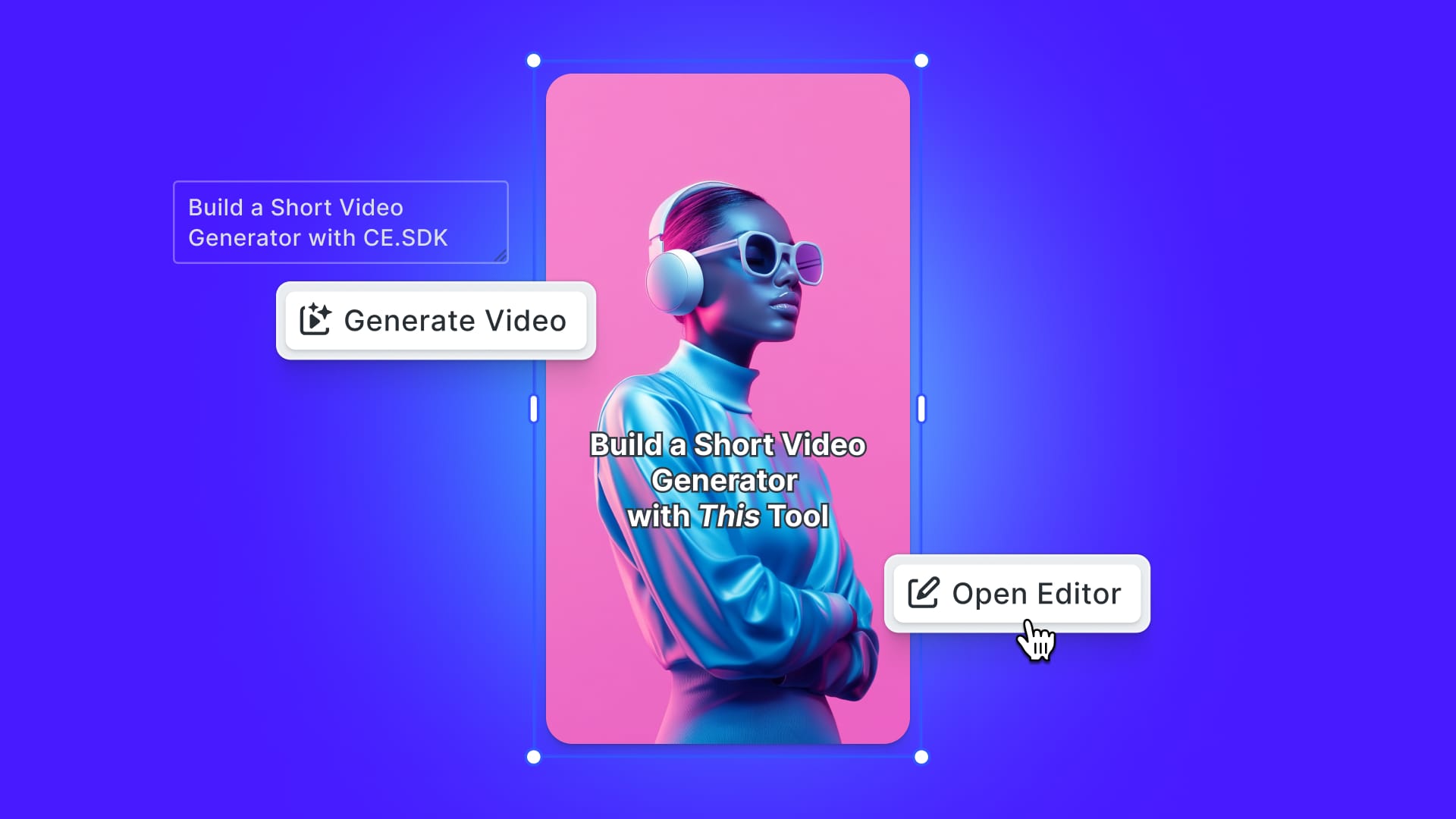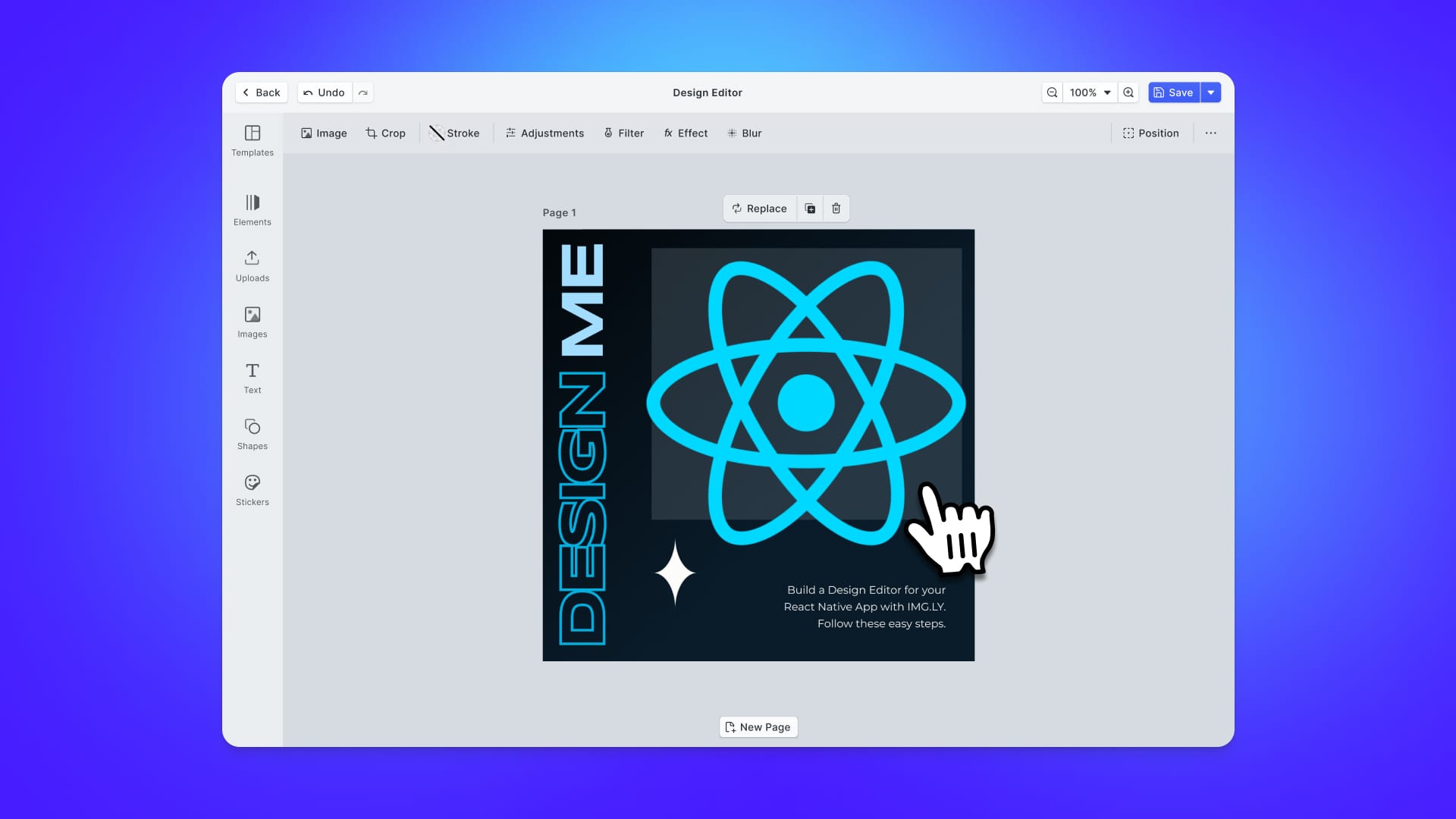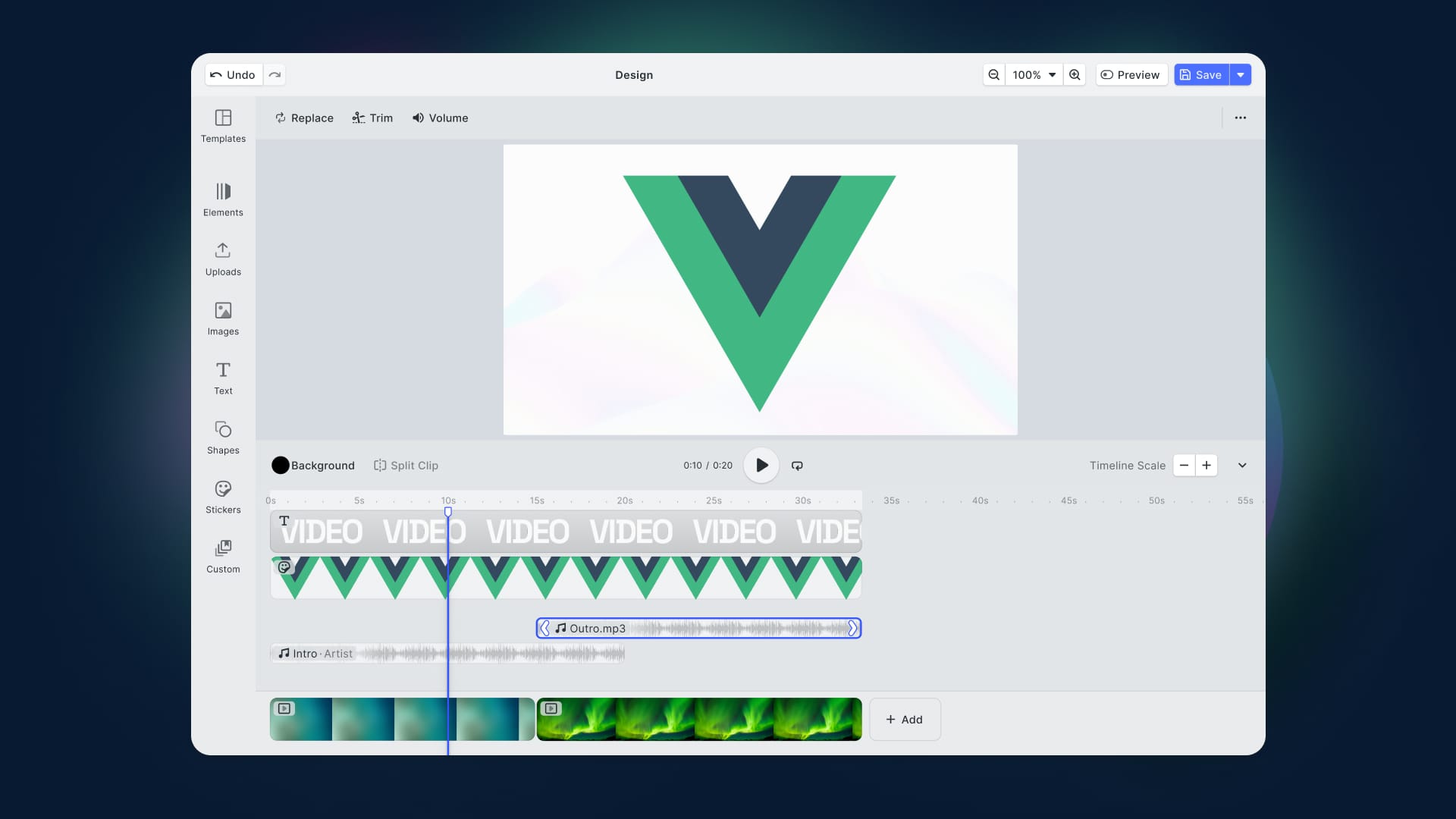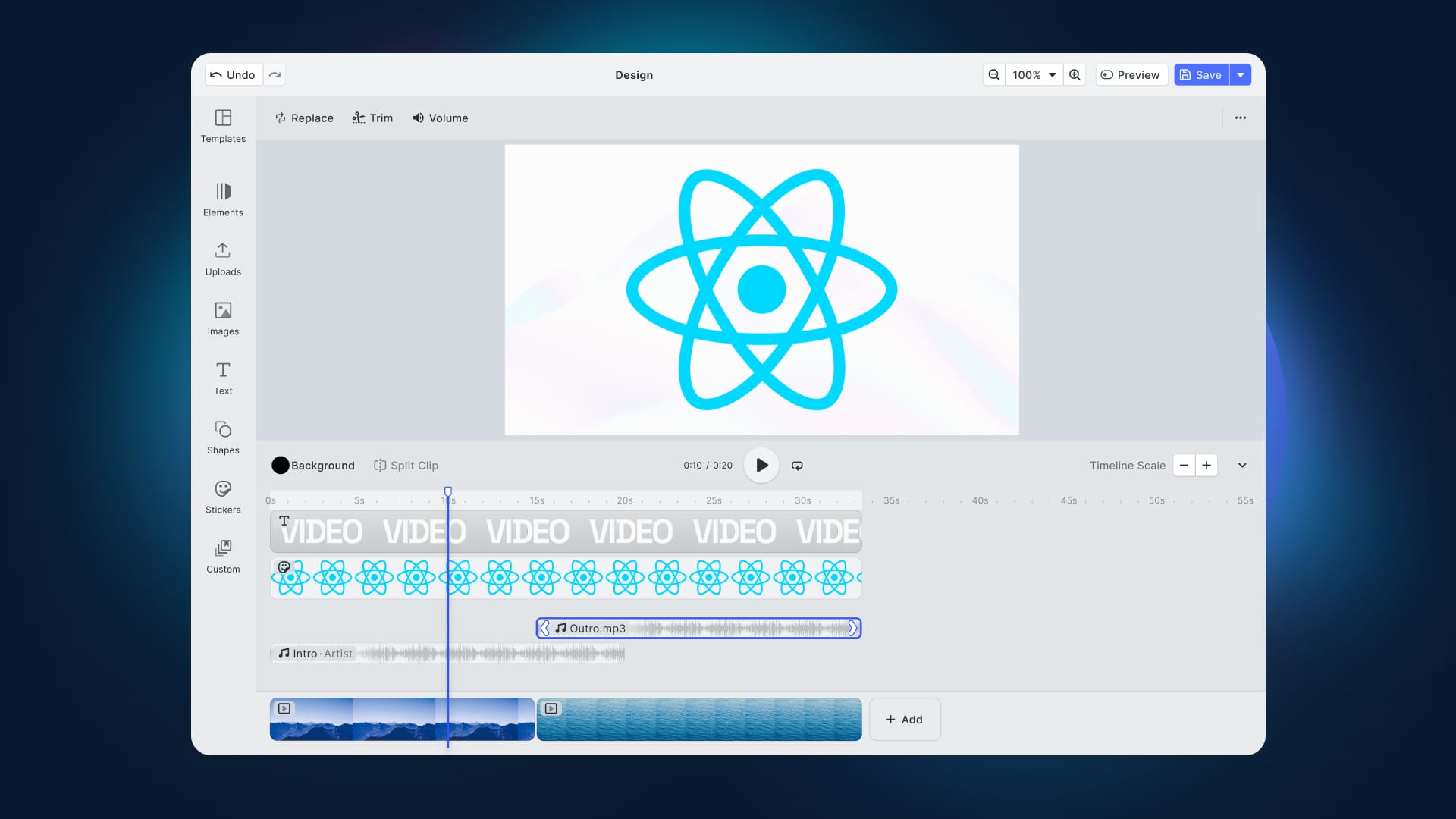Variable data printing (VDP) has been around since the 1980s, helping businesses automate manual processes, scale personalization efforts, and utilize the power of direct mail marketing. While the term "variable data printing" may not be familiar to everyone, we encounter its use regularly in our day-to-day lives through bills, event tickets, or membership cards.
VDP's ability to leverage data and create personalized tangible items, such as postcards or brochures, provides a more intimate experience compared to digital communication. Although process automation is a significant advantage of VDP, there are many other ways to use it.
In this article, we'll explore the most common applications of VDP and the best practices for working with it.
How It Works
To fully understand the advantages of variable data printing (VDP), let's start with a clear definition. VDP, also referred to as variable data imaging, is a digital printing technique that enables the creation of numerous customized materials in a single print run. This process is powered by software that can generate data-driven designs or templates by pulling variables from databases or files.
The variables used in VDP can automatically generate unique and personalized materials based on data sources. Anything that can be customized, such as names, addresses, messages, or images, can be utilized as a variable. These elements can be changed on each printed piece without slowing down the printing process.
To illustrate how VDP works in practice, let's consider a scenario where a company offers a loyalty program for customers to collect points when they make purchases. To encourage more spending, customers can use their accumulated points to receive discounts or freebies. Although points and bonuses can be accessed through an app or website, the company can create immediate gamification by sending a personalized card with every new purchase.
To personalize that card, we are looking at three separate variables: name, number of points, and type of discount that can be applied. To manually generate all variations of the same template would be counterproductive, but with variables connected to a database it’s an automated process. A name is connected to a number of points, which in turn are connected to discounts. The software does all the heavy lifting, while marketers and designers can focus on other tasks.
Common Applications of VDP
Although VDP was originally used to automate manual mail processes, its usefulness extends beyond that. Its ability to personalize marketing and advertising materials quickly and efficiently has made it widely appreciated and used in various industries.
While there are many ways to use VDP, we'll focus on its most common applications in marketing, advertising, and customer relationship management. These areas benefit greatly from the ability to tailor messages to specific audiences and create unique, personalized experiences.
Marketing
From quickly generating business cards to creating custom QR codes, variable data printing is a big part of marketing efforts for most businesses. Apart from handling internal processes, VPD also has a hand in scaling personalized marketing campaigns. The growing preference for personalized messaging and products goes alongside increased usage of VDP.
Production of personalized labels, packaging, or brochures is one of the best ways to leverage VDP in marketing. It can be used as a step in a broader personalization campaign, like generating custom QR codes to bring users to personalized landing pages. Or be a venture on its own, like “Share a Coke” by Coca-Cola and its widely successful personalization of labels.
Advertising
Variable data printing brought new life to direct mail, moving away from what once was perceived as junk and irrelevant advertising, and bringing about a new age of valuable and relatable mail. A recent study reported that 70% of consumers see direct mail as more personal than online interactions, with 54% claiming they want direct mail from brands that interest them. Moreover, direct mail has the highest response rate among all advertising channels being five to nine times higher than other forms, with a simple act of adding a name to a direct mail piece that can increase response rates by 135%.
Taking advantage of VPD in advertising usually includes customized leaflets or coupons with images and content based on age or demographics. One of the personalization examples is including custom maps with steps on how to reach an advertised location, making it much more relatable and easy to act on.
Customer Relationship Management
While VDP helps marketing and advertising drive acquisition, it’s also a great way to help with customer retention. Small and yet important gestures of appreciation like custom-made thank you and birthday cards can go a long way. As mentioned before, VDP can also be used to generate membership cards or personalized bonuses and discounts based on shopping preferences. Tapping into the power of variables, every printed material sent to a customer can be created in a way that will feel personal and appreciative, in turn helping sustain loyal customers.
Why Use VDP
Variable data printing is not reserved for a single industry or business type. It can be leveraged across multiple customer touchpoints, from the awareness stage via direct mail advertising, to a personalized label and thank you card shipped with a purchased product. VDP can also be used internally to show gratitude and appreciation to employees with custom-made cards and packaging. In fact, variable data printing can be used on any piece of printed content or design that can be personalized.
Benefits
The advantages of variable data printing go hand-in-hand with the advantages of personalization. Studies show that customers respond much better to marketing materials they can connect to, with 60% of consumers saying they will likely become repeat buyers after a personalized shopping experience with a retailer.
VDP can help create a valuable experience from start to finish and facilitate a meaningful connection between a brand and a customer. Some of the most prominent benefits are:
- Providing personalized shopping experience in the form of custom labels, packaging & cards
- Building strong customer relationships with personalized thank you & birthday cards, custom messaging, and discounts
- Delivering meaningful direct mail advertising with higher conversion rates
- Generating personalized marketing campaigns & materials that customers can connect with
Bringing variable data printing to your workflows, whether it concerts marketing, advertising, HR, or sales, is a great way to tap into powerful benefits of personalization.
Challenges
The main challenge of VDP is having software that can efficiently work with variables and generate print-ready designs, while also providing advanced design editing features.
Since the popularization of personalization, variables can be leveraged in many different types of marketing materials. However, the design of those materials is equally important, and so it’s an automated print validation process.
This challenge applies to companies that use variable data to generate designs, as well as Print Service Providers (PSP) working with VDP. For the PSP, another challenge is file format submission, especially if they don’t have a web-to-print editor their customers can use to submit their orders. Flawed print validation, incompatible format, low resolution, or insufficient quality could be costly mistakes to make. Hence, the best option for print service providers is to develop their own web-to-print editor with variable data printing that will take care of those problems and limit manual work to a minimum.
Example of Leveraging Variable Data Printing with CE.SDK
IMG.LY has developed CreativeEditor SDK to help integrate VDP into all designs in an easy and intuitive way. CE.SDK is fully customizable and can be integrated into a customer-facing web-to-print editor, providing powerful editing features, or an in-house design editor for all creative needs. Here's an example of how you can leverage variables with our editor.
Creating Custom Thank-You Card
As mentioned before, thank you cards are a great way to show appreciation and build stronger connections with both customers and employees. Creation of a custom thank-you card is pretty straightforward, here are the necessary steps:
- Creating a Smart Template
To create a personalized card, we begin by designing a template with variable fields. The front design remains consistent, while the back features unique personalized messages.

2. Assigning Placeholders
The next step is to choose the elements that will be personalized. For example, we may select a personalized greeting, such as "Hello {{name}}", and address information. To insert a variable, we use double curly brackets {{}} and a placeholder name, such as {{firstname}} or {{address}}.
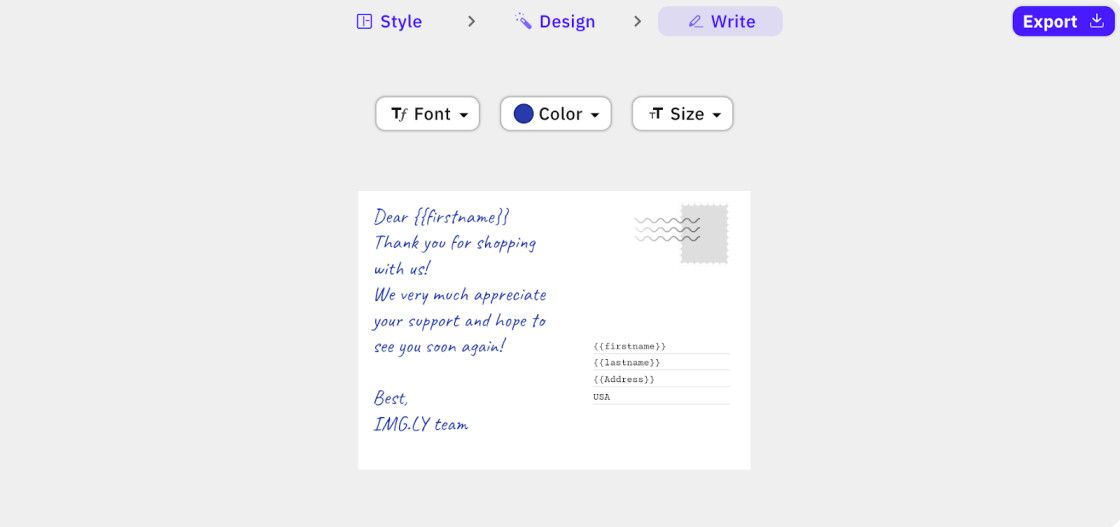
3. Connecting Template to a Data Source
The last step is connecting your template to a data source with list of variables. This can be done by using the Creative Engine variable API to programmatically set values for the variables and render the final personalized card.
4. Design Validation
In the example above, there shouldn’t be any issue with text exceeding beyond bleed line or other common print errors, however, design validation is an important feature of CE.SDK. It will automatically detect any issues that might cause a print error, cause trademark infringement or generate harmful content.
And that’s it! We have created a template for custom thank-you card in three easy steps. Here is what a card would look like.

Try creating a custom card with CE.SDK yourself on our showcase page!
Conclusion
Variable data printing can be a valuable tool to boost performance and take initiatives to the next level. It can help scale personalization efforts, acquire new customers, add value to the final product, and make employees feel appreciated. By using VDP, businesses can efficiently grow and reap numerous benefits, with only a few obstacles that can be easily overcome with the right solution.
To take advantage of the benefits of VDP and overcome its challenges, consider using CreativeEditor SDK and see how it can help you scale personalization and bring variable data printing to your company and customers.
Thanks for reading! To stay in the loop, subscribe to our Newsletter.

